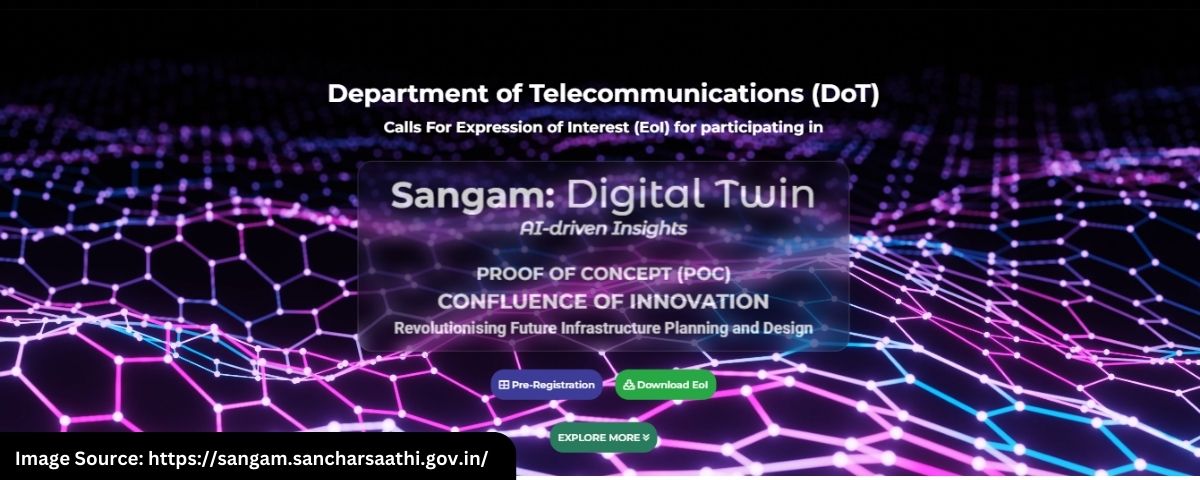
The Department of Telecommunications (DoT) has initiated the ‘Sangam: Digital Twin’ project, leveraging artificial intelligence (AI), machine learning (ML), and the Internet of Things (IoT) to enhance infrastructure planning. Digital twin technology creates virtual replicas of physical assets, enabling real-time monitoring, simulation, and analysis for iterative experimentation. The project aims to showcase practical implementations of innovative infrastructure planning solutions.
DoT has called upon industry leaders, startups, MSMEs, academia, innovators, and forward-thinkers to engage in Sangam’s outreach programs. Interested stakeholders can submit their applications until March 15.
Sangam: Digital Twin unfolds in two stages, to be conducted in a major Indian city. The first stage involves exploration, while the second stage focuses on practical demonstrations of specific use cases. The initiative signifies a collaborative effort to reshape infrastructure planning, integrating 5G, IoT, AI, and next-gen computational technologies. Sangam serves as a unified platform, fostering the transformation of innovative concepts into tangible solutions, bridging the gap between ideation and implementation, and paving the way for groundbreaking infrastructure advancements.
Join us for Sangam's Networking Event in Bangalore tomorrow? 🚀 Let's explore the power of #digitaltwins, a virtual counterpart for real-time simulations and insights, transforming industries from manufacturing to urban planning.
— DoT India (@DoT_India) July 2, 2024
See You At PES University! #DigitalTwin #Sangam pic.twitter.com/sKfEuyqVWc
“It is a call to action for creating an ecosystem that maximizes the value of technological advancements to meet societal needs for efficient, effective, and sustainable development,” stated DoT. The initiative aims to showcase practical implementations of innovative infrastructure planning solutions, develop a model framework for facilitating faster and more effective collaboration, and provide a blueprint for scaling and replicating successful strategies in future infrastructure projects.



